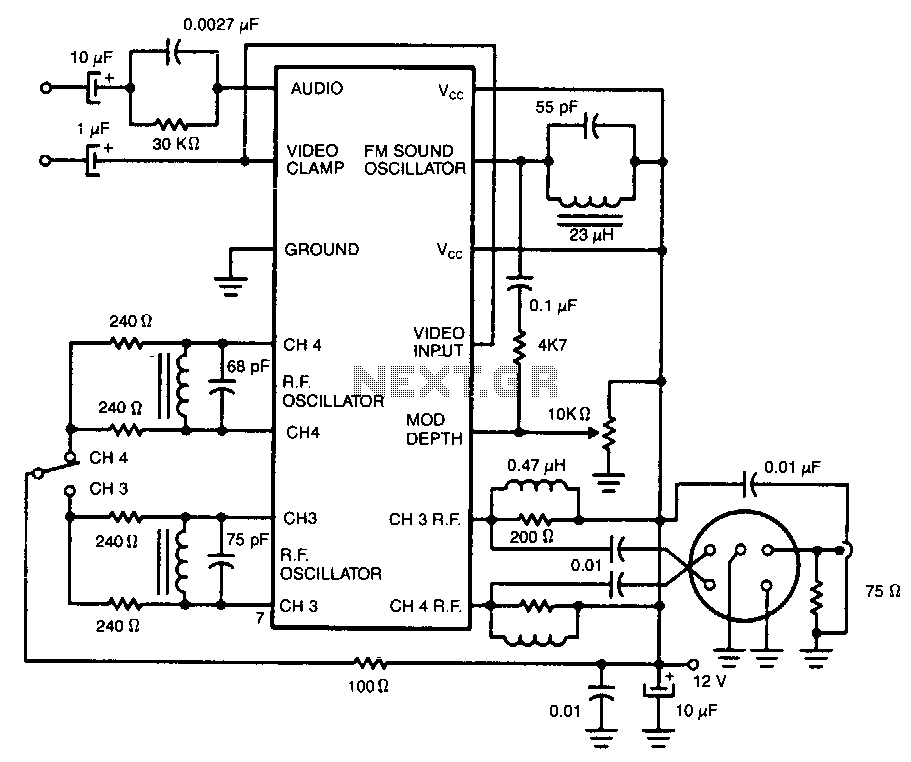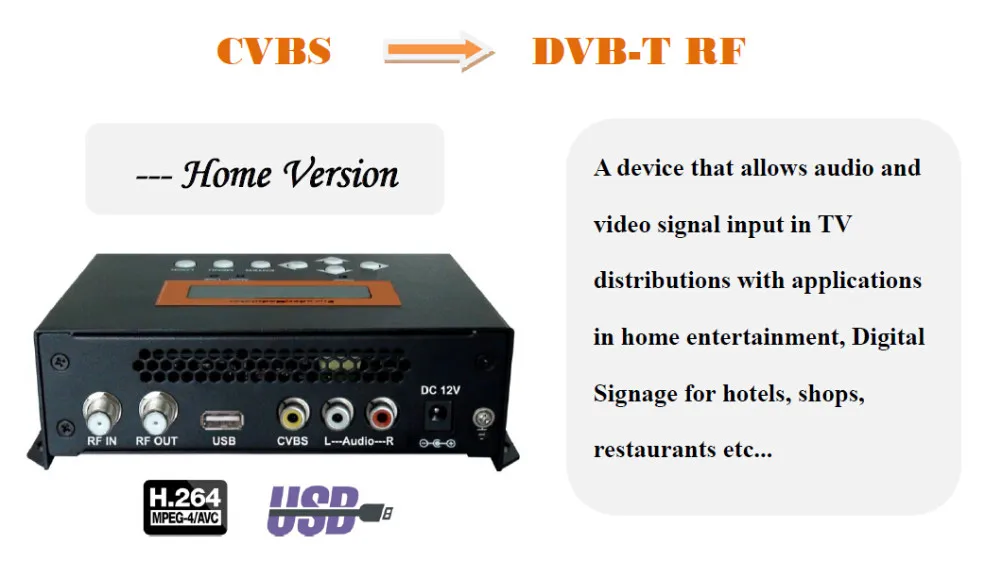
Both the coils are built using five turns of 18 swg wire, self supporting, accomplished by making the coils over a 7mm diameter former. L1 and L2 are identical with their winding specs, except that L1 consists of a tapping on one turn from its grounded end. It is additionally feasible to select some other transmission bands and output frequencies, if coils L1, L2 and 元 are apprpriately customized.

The oscillator may basically be adjusted over or under the converter's antenna circuit frequency, since it is the converter's difference between the signal input and oscillator frequencies that decides the output frequency of the converter. 元 is approximately adjusted to this band, and L4 connects the signal to the short wave receiver. Consequently, 144- 146 MHz could be covered by adjusting the receiver from 28 MHz to 30 MHz. In the same way, when the oscillator is fixed at 116 MHz, supplying an input with 146 MHz to gate G1 provides an output of 30 MHz. Therefore when the signal at G1 is 144 MHz, and TR2 is adjusted to oscillate at frequency of 116 MHz, the output is set at 144 MHz - 116 MHz = 28 MHz. The output frequency from the TR1 drain which forms the mixer stage causes the difference between frequencies of G1 and G2. Oscillator function is implemented via C3 on the gate 2 of FET TR1. TR2 works like the local oscillator, and the functioning frequency in this design is fixed through the inductor L2 and trimmer T2. L1 is roughly tuned to the desired frequency band through T1, to enable the signal input to reach the gate 1 of FET TR1. Considering the fact that at this frequency the RF amplifier may not add a great deal of gain, and that tunable VHF oscillators are widely-used in numerous household VHF receivers, a much simpler circuit shown below can actually be very handy.


This enables substantial sensitivity and superb frequency stability, although is a somewhat complex and costly product. In most 2 metre band ham receivers, the reception of the RF signals is generally implemented through a converter and short wave receiver, ideally suited to communications type.Ī converter of this type usually comes with its personal RF amplifier, along with a fairly low frequency crystal controlled oscillator, accompanied by frequency multipliers.


 0 kommentar(er)
0 kommentar(er)
